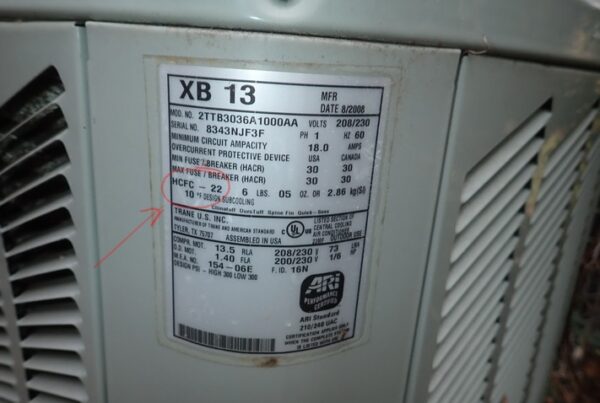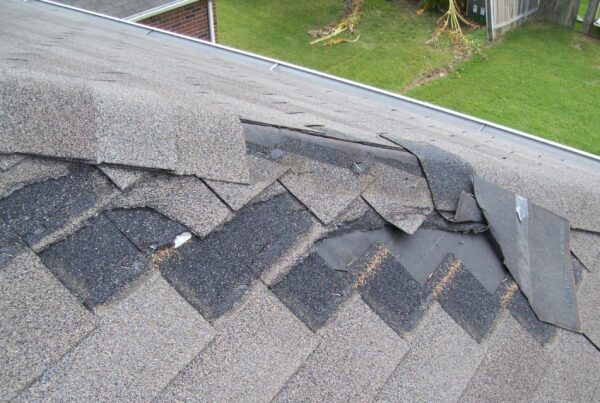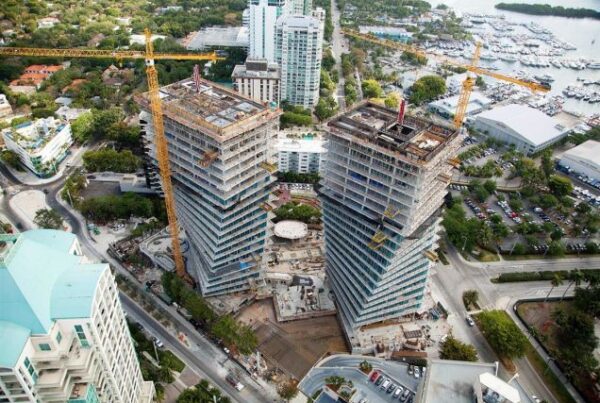By Gary J. Caruso P.E. of Criterium-Caruso Engineers
One cannot help but notice – every magazine and every professional publication these days has at least one article on green building technology. After the building slowdowns of 2009/2010, it seems appropriate to put some of this into perspective. In 2007, and again in 2008, the Building Owners & Managers Association (BOMA), Real Estate Media and the U.S. Green Buildings Council (USGBC) conducted a survey of real estate investors, owners and managers. As evidence that the subject is gaining attention, 87% of the respondents in 2008 said that the greening of their portfolio was high priority, versus 81% in 2007.
In 2011, the 5th Annual Global Energy Efficiency Survey revealed the following:
- Energy cost savings, government incentives and enhanced public image are the biggest motivators for energy-efficiency investments
- The Green building movement is reaching new heights with nearly four in 10 achieving certifications, twice as many as 2010
- North America building owners expect lighting and smart building technology to play a major role in the future
Highlights of the survey results for North America show a double-digit increase in U.S./Canada building owners who believe energy management is important (66%) compared to the prior year (52%). Building owners expect lighting and smart building technology to have greater adoption rates over the next ten years than renewable energy technologies in the U.S./Canada. Seventy-seven percent (77%) of U.S./Canada building owners plan to include green building elements in their facility plans in the next 12 months. Efficiency in buildings remains the top global strategy for reducing greenhouse gas emissions led by the U.S./Canada (52%) and then Europe (28%), China (27%) and India (24%).
Several trends in Green building and Sustainability are beginning to become apparent. Sustainability “identifies a concept and attitude in developments that looks at a site’s natural land, water, and energy resources as integral aspects of the development” (Vieira, 1993).
- The focus of the green building industry on existing buildings will increase. The LEED (Leadership in Energy and Environmental Design) programs for existing buildings will continue to expand. Adoption of LEED building standards are increasing and higher standards are being recommended. Alternative certification programs will increase to accommodate smaller building owners and developers. LEED 2012 is phasing in this year with new credit categories, more specific technical requirements and coverage over more market segments.
- Federal, state and local governments will seek mandates for green buildings for both themselves and the private sector.
- The increased demand for green products will demand third party standards and certifications that will differentiate between products and ensure that they truly meet the proper criteria.
- The focus on energy consumption, water consumption and residential “grey” wastewater use will increase. Actual building performance and energy consumption will be measured and reported. Performance disclosure will be an emerging trend. Residential heating and cooling systems will be reviewed in light of advances in applied building science.
- The trend in urban revitalization will continue. Neighborhoods interested in conservation and renewable energy will obtain optimum pricing on green materials by consolidating their needs.
- Smart meters, smart home and energy management capabilities will assist residential and commercial customers track energy use. There will be a growing use of software and internet connections in green building design, construction and operations.
- The increasing need for municipal utilities to comply with state-level renewable power standards will enhance the interest in renewable sources of power such as solar. Large solar and wind system developments may slow as federal grant support is phased out.
- The cost effectiveness of energy conservation will be further studied. Lifecycle analysis methods will examine the impact and costs of energy, solid waste, air and water pollution and global warming on the built environment.
While all this points to the increasing role of sustainability in existing buildings, not everyone is convinced that green technology makes economic sense. The evidence that tenants and residents are demanding it is somewhat anecdotal and inconclusive. And skeptics remain who wonder whether it is worthwhile or necessary. Still, if such measures involved little or no cost, there would appear to be no reason not to include them in the normal operation of all buildings.
*This article had been posted in the Fall 2013 edition of The Examiner.


